-
Posts
1,712 -
Joined
-
Last visited
-
Days Won
3
Content Type
Profiles
Forums
Blogs
Gallery
Events
Store
Posts posted by Carol I
-
-
On 09/02/2022 at 10:27, numis said:
I have none , but am interested in acquiring ,awards to the Romanian forces which fought against Germany in the latter stages of World War Two
My reference books do not cover this specifically
What were the awards ( and related documents / certificates etc ) that applied ?
Is there any standard group of awards to a recipient who participated that one should look out for ?
Can you give more details on what you are interested? The awards were those in the national system of orders and in many/most cases the awardees went up in the hierarchy of orders. The only exception was the Order of Michael the Brave with Swords replacing the Order of Michael the Brave (including resetting the advance through classes). However, many awards were hidden or converted after the communist takeover. And I assume that Soviet and Czechoslovakian medals may also be considered as possible.
0 -
-
On 21/01/2022 at 18:02, VtwinVince said:
Good that this topic has been revived. Does anyone know what actually remains on display at Huis Doorn these days? I saw a video of the collection back in the '80's which was quite astonishing.
The collection is interesting, but in terms of ODMs on display it is rather disappointing (or it was in 2017).
But things like these are probably also somewhere in the inventory...
 0
0 -
-
-
On 05/11/2021 at 20:08, Nihil Sine Deo said:
I have bought this wonderful Romanian Eagle Honour Sign made by the jeweller Heinrich Weiss and I have some questions:
Congratulations, if authentic it is a rare piece.
On 05/11/2021 at 20:08, Nihil Sine Deo said:Can anybody help me with more informations about the number of awarded people or maybe some books where I can find the recipients?
You may try contacting the Parliament or the Ministry of Foreign Affairs if they have surviving archives on the awardees of this order.
On 05/11/2021 at 20:08, Nihil Sine Deo said:It is possible that the Eagle could be made of gold? I’ve looked carefully and I couldn’t find any differences of color.
The eagle has some details indicating that it has been cast as opposed to being struck. Probably very few of these signs have been made to have accurate statistics, but it was rather unusual to use gold for the Romanian orders of the period.
On 05/11/2021 at 20:08, Nihil Sine Deo said:The Eagle has some kind of hallmark, a triangle. What could that mean?
Hallmark for silver. It is unfortunately incomplete to indicate purity.
0 -
The medal was under the responsability of the Ministry of Industry and Commerce/Economy (it had different names at various times). Maybe they can cross-check names in their archives (I do not know though whether the medal has its own archive and if it has survived until now). The alternative would be to try to guess which of the possible recipients had connections with Romania.
0 -
Information on this kind of badges is rather scarce, but it is likely not a paratrooper badge (it has no parachute). It would rather be a qualification badge (in this case 1st class) for an aviation specialist in communications from the period 1990-now.
0 -
-
18 hours ago, bilylev said:
Can somebody explain what marking on a ring mean?
HW: Heinrich Weiss
33: 1933
83: production/serial number
Do you also have an inverted triangle with a crown somwehere on the ring?
By the way, please move this topic to its right place: Central & Eastern European States
0 -
On 08/03/2009 at 01:49, Carol I said:
Order of St. Sava with brilliants (Kingdom of the Serbs, Croats and Slovenes)

Attributed to Queen Maria
Additional image of this order, thanks to Igor O.
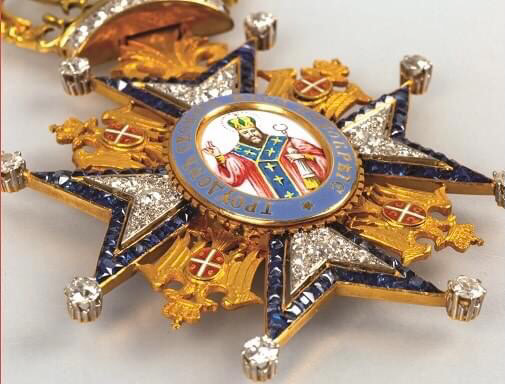 0
0 -
On 15/01/2021 at 10:17, Igor Ostapenko said:
I think this is is rather plausible given the markings on the piece, but it would be strengthened by the photographic evidence with Queen Elisabeth wearing the brilliant star.
Thanks for the additional images of the Order of St Sava.
1 -
-
On 14/01/2021 at 07:13, Igor Ostapenko said:
Thanks Igor for the details. It seems indeed that there are (at least) two different models. Not clear whether Elisabeth's star had dimonds on the motto ribband, but Marie's had diamonds on the arms of the cross, which the Telge piece did not have. And if Marie had the piece in 1931, it was not part of the treasury lost in Soviet Russia. As an anecdote, it was said that Col Boyle recovered the queen's jewels, but not succeeded with the national treasure.
I remeber seeing several years ago an exhibition with the orders of Marie and Ferdinand that had a jewelled Order of St Sava, but no Order of the Crown.
1 -
Indeed a very interesting and quite rare piece. Given the (mis)fortunes of the royal house after the communist takeover, it is not a full surprise that the piece was broken down. It is a pity nevertheless.
The question on the owner(s) of the star remains. The owner was without doubt royal and because of that probably no proper records of the manufacture or award exist. Queen Elisabeth and Princess and later Queen Mary are the most likely recipients. Princess Elisabeth was under age at the death of Telge and probably did not have a pice of her own. But she could have inherited either that of her mother or great aunt. Is her photo dated?
1 -
6 hours ago, Bayern said:
Of course, the Savoyan Knot could relate to de Sardinian Dinasty or to Savoia Carignan Branch ,punctually ,Prince Eugen Of Savoy Carignan the great Feldherr in Habsburg service . I searched for portraits of Sardinian and Italian Kings looking for Marshal batons .no finds
The mystery baton also made me interested to look a bit more and I have found on Wikipedia the following portrait of Victor Amadeus III of Sardinia with a red baton with white crosses. Of course, it is not purple and with Savoy knots, but indicates that batons may have existed already in the 18th century. To me the style of the baton in the Royal Library of Turin is reminiscent of a later period in the 19th century (but I may be wrong).
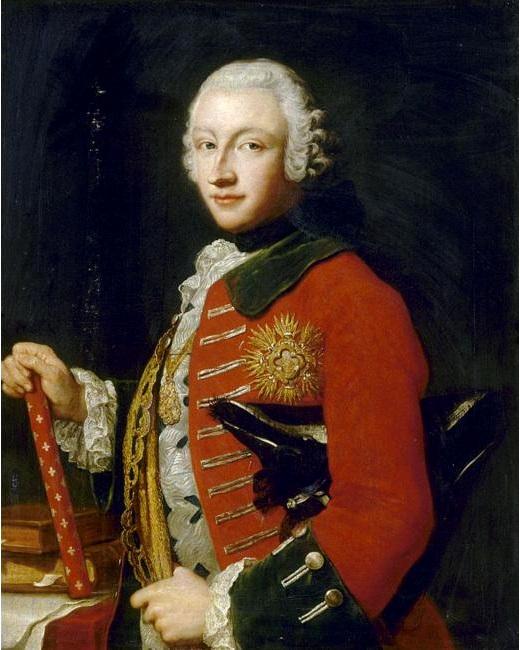 0
0 -
I see no contradiction with the batons in the Royal Library that could have been the symbol of the king's position as commander in chief of the army. The presence of the decorative Savoyard knots on one of them places it undeniably in Savoy.
0 -
5 hours ago, Bayern said:
Hello , Any mention of the owner ?
I do not remember any owner (it was 4 years ago) and have not found any label in the photos. I also have a faint recollection that the exhibits in the library were missing detailed labelling.
On a second look, under the reflection of light onto the protective glass, to the left of the purple baton is the top of the storing case also in purple velvet and to the right another jewelled, red baton.
0 -
Browsing through some old photos I have found this image of an Italian/Savoyard baton on display in the Royal Library in Turin.
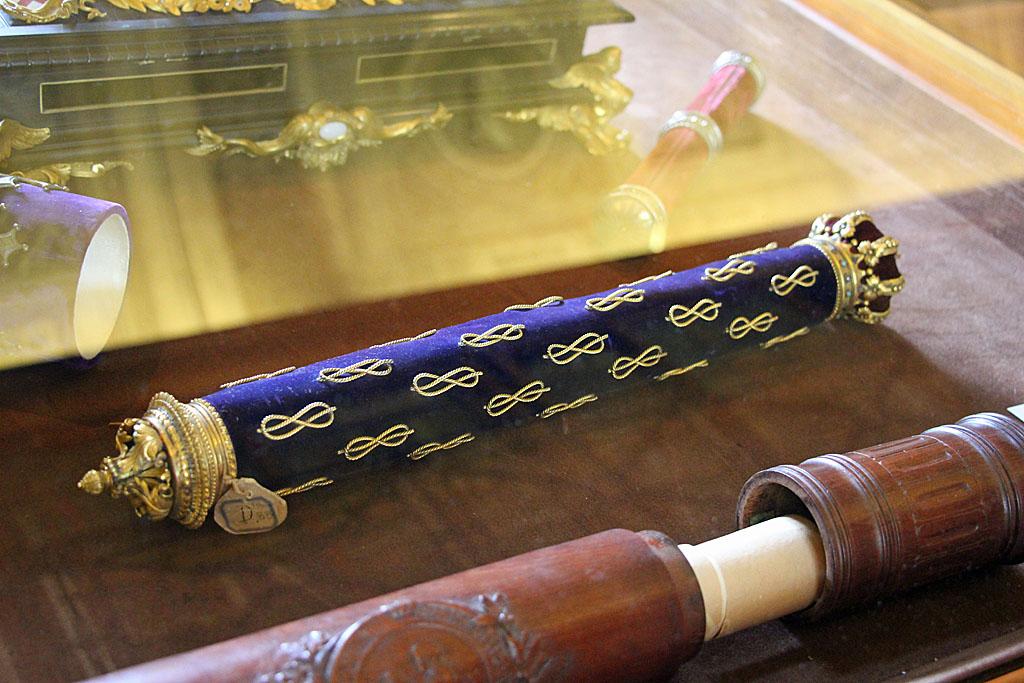 2
2 -
I forgot to say that none of the classes of the 'official' Cross of Honour for Merit had surmounting crowns.
Two questions stand out. Why would Carol allow a departure from the 'official' design and what would be the purpose of this award since Carol was rather unpopular and isolated politically while in exile, both during the second reign of his son and after the communist takeover.
0 -
Carol II has indeed established a Cross of Honour for Merit as a dynastic award organised in two classes (none of which had the design of the Da Costa piece). The cross was ranked below the Order for Merit that had a breast star for the highest class, again with a significantly different design from the Da Costa piece.
0 -
Captain Vasile Ionescu of 2nd Border Guards Regiment received the Order of Michael the Brave on the 15th of November 1917 for action on 3-6 August 1917.
Please post better images of the whole award, including the ribbon. Thanks.
0 -
Variations could be expected between pieces from different manufacurers. At the same time, being a rare order, fakes cannot be excluded. And to my knowledge there is no systematic study of manufacturers of this order to help in identifying authentic pieces. I find however the use of a type II crown with a type I cross rather suspicious, especially when this matching appears with other poor details like the use of a long suspension neck or narrow ribbons.
0 -
On 12/08/2020 at 18:38, LuckySlevin said:
Hi the GMIC community,
I recently bought an order of Michael the Brave, type 1, 3rd Class in silver and would be very very grateful if you could share your opinion.
1) Do you think it is an authentic order or it is a fake?
2) Do you have any clues whether in terms of the manufacturer or at least the country it was produced in?
Are there any silver or jeweler hallmarks on the badge or the suspension ring?
The suspension crown is very much like the crowns used for the 1941 model of the order and quite different from the majority of WWI-badges which had more detailed/detached arms. Also, the enamel seem quite rough in comparison to other 1916 model badges.
0




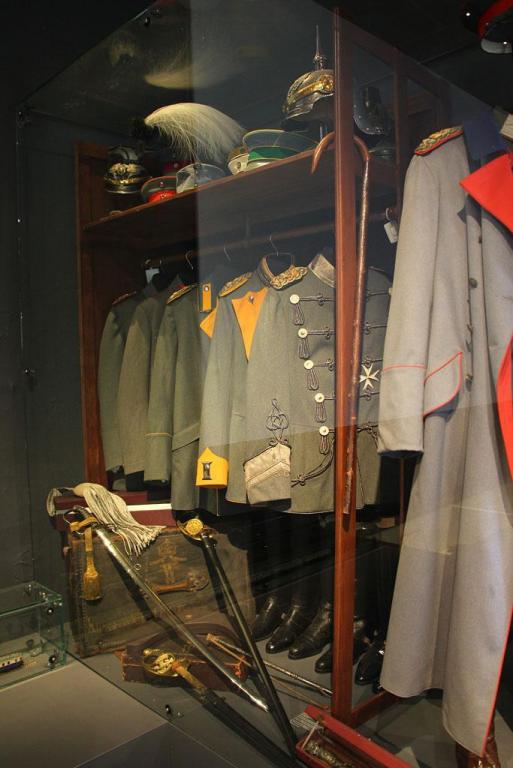
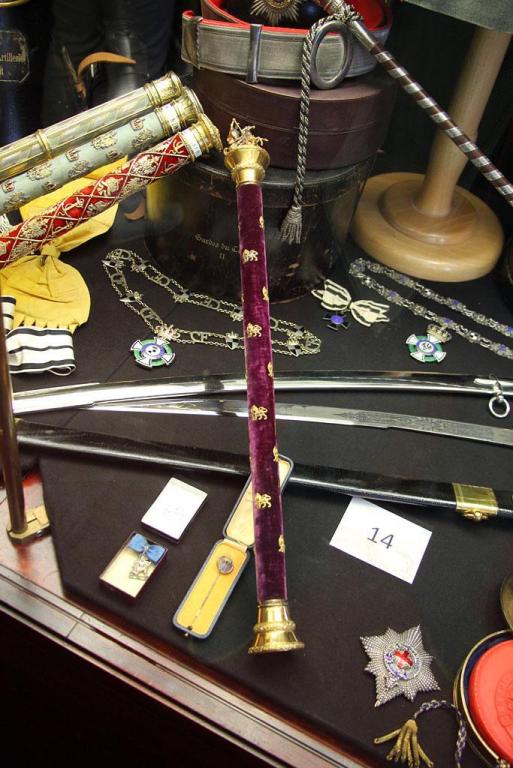
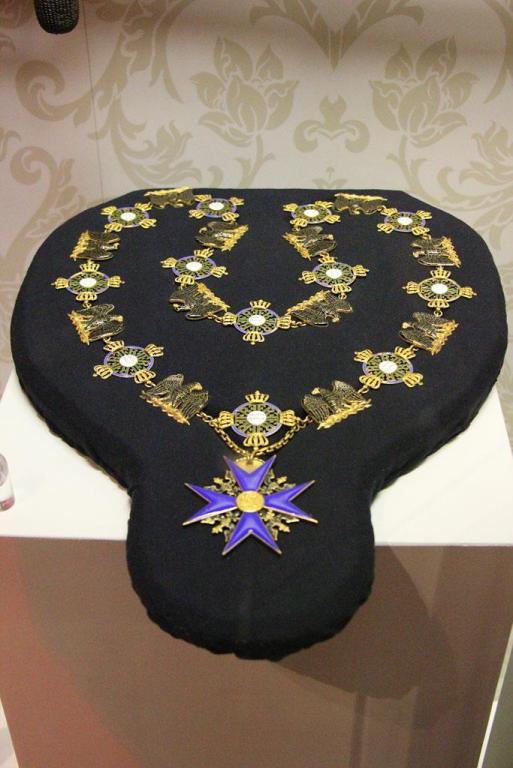
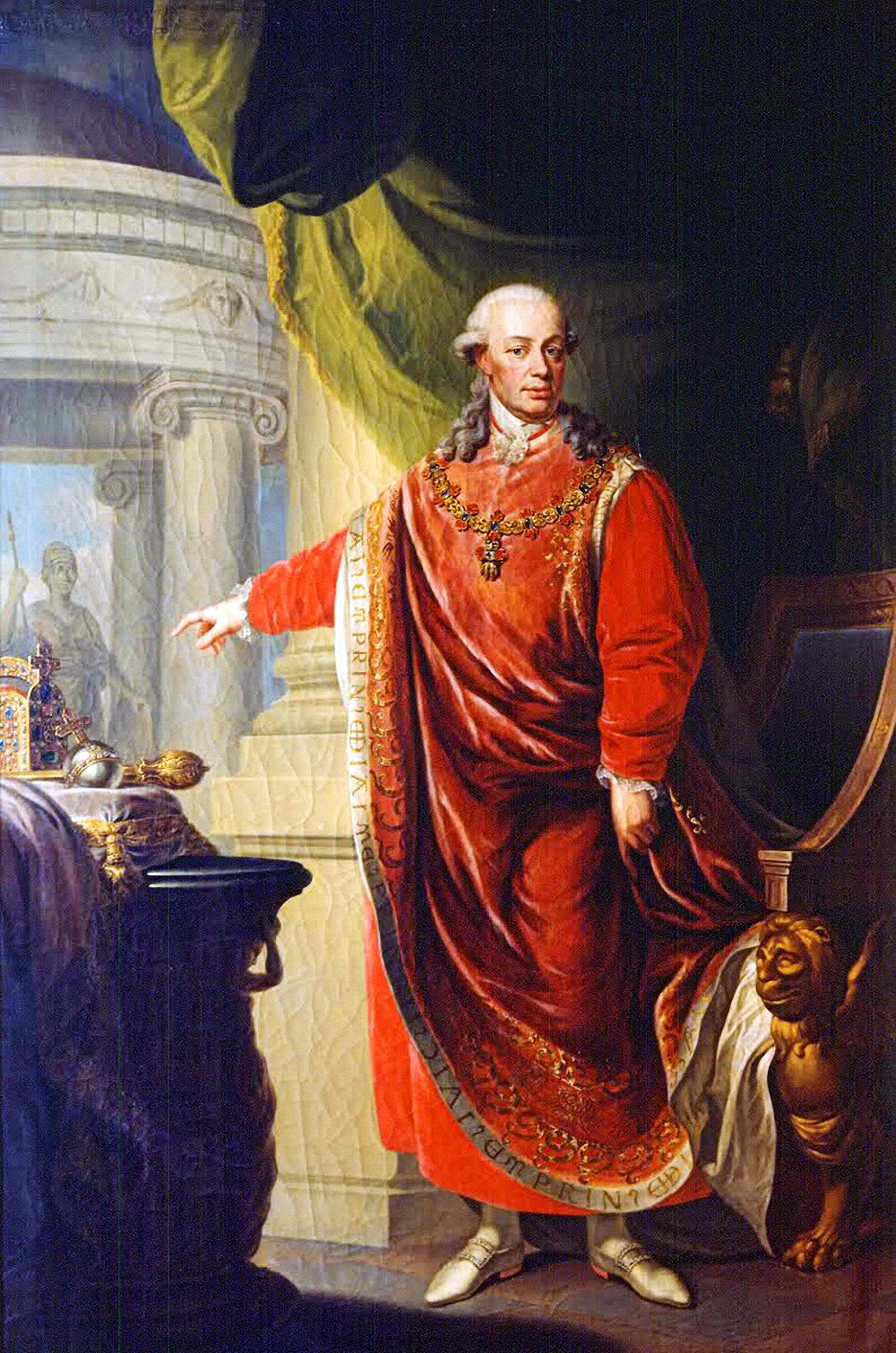
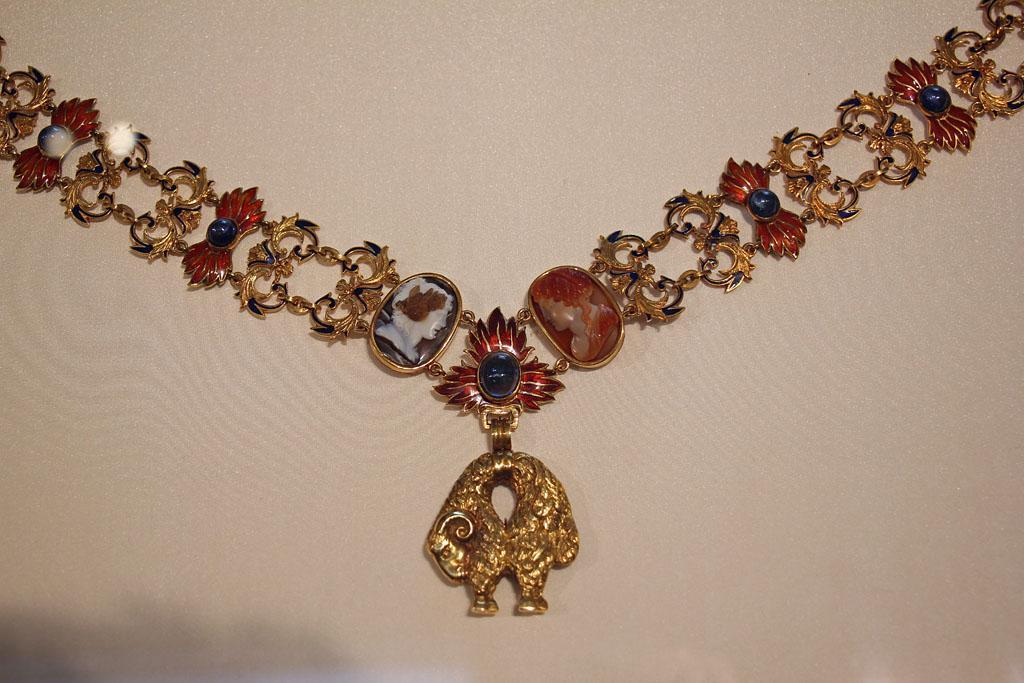



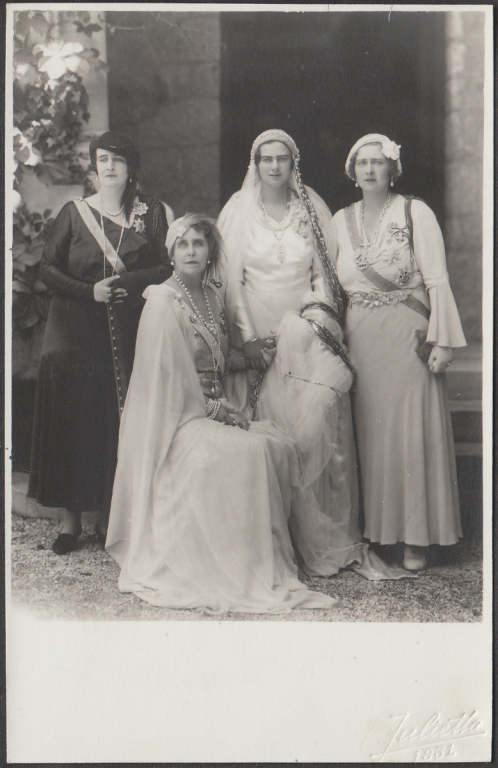
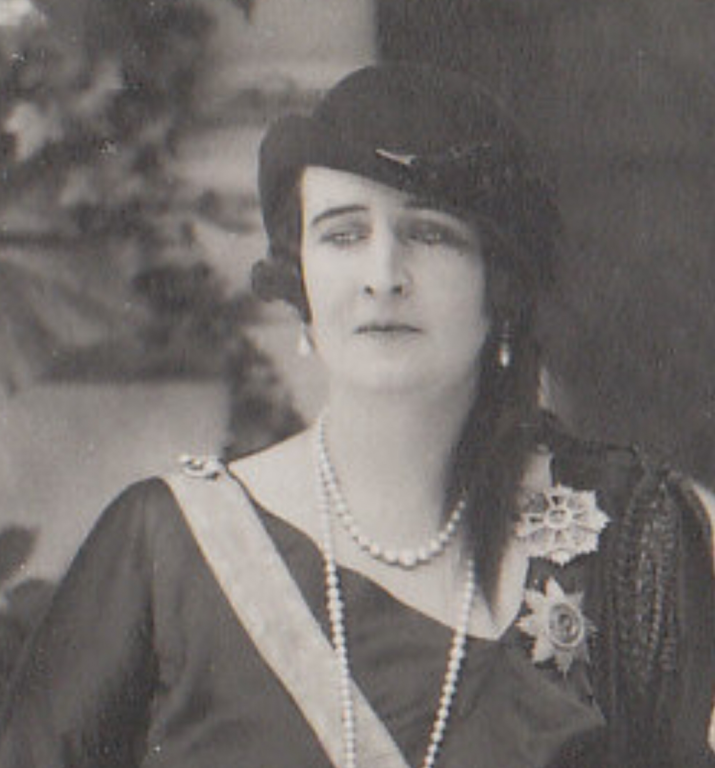


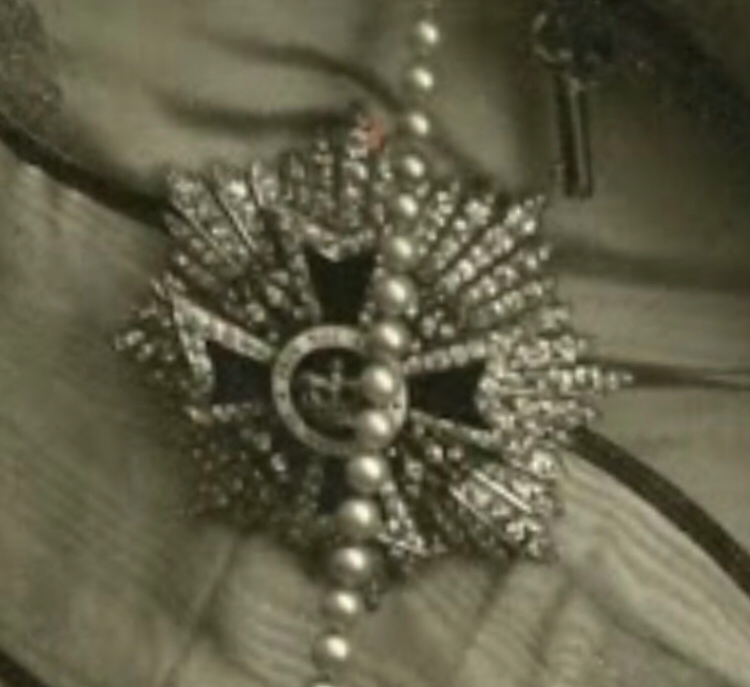
ROMANIA fighting against Germany in WW2
in Central & Eastern European States
Posted
You have brought up a very difficult topic, for the veterans, for the authorities and for the historians, one in which the context influenced very much the treatment of people, events and awards.
Between 1944 and 1947, awards were made with the national system of orders irrespective of whether the awardee had or had not been on the Eastern front. Some officers received higher classes of the orders for Western front activities after those received for Eastern front activities. In fact there were also cases when Eastern front participants received awards for activities on the Eastern front after the Soviets became the allies. The only notable difference was the Order of Michael the Brave being replaced by the Order of Michael the Brave with Swords (speculations were that this was done at the pressure of the Soviets who were suspicious of the awards made to high German officers). Old awards could be worn, but it was war followed by troubled years and events were rather few.
The Soviet-backed Communist takeover in Romania intended to create a rift with "the old regime" after 1947. The proclamation of the republic also brought an annulment of the national system of orders. New decorations were created to reward the loyality to the new regime. Wearing the old decorations was banned and there was a program for exchanging old decorations with new ones (however I do not have details). This had limited effect as the armed forces were gradually purged of old members who in many cases also faced many years of repression. The authorities recognised/celebrated only Western front veterans (mostly low ranks) as WWII veterans. Few of the veterans received Czechoslovakian and probably Soviet awards (again I do not have details).
Only the beginning of the 1990s brought a more balanced treatment and a recognition of the awardees of old royal orders. The WWII Commemorative Cross was issued in mid-1990s to the few WWII survivors and replacement insignia for WWII-awards were also made/circulated. Old surviving decorations were taken out of drawers and dusted out for public events, but after 50+ years the numbers of the awardees was extremely low. Nevertheless, new and old awards were once again mixed on new uniforms:
General Ioan Dicezare (1916-2012) - Source: Agerpres